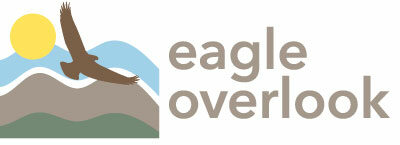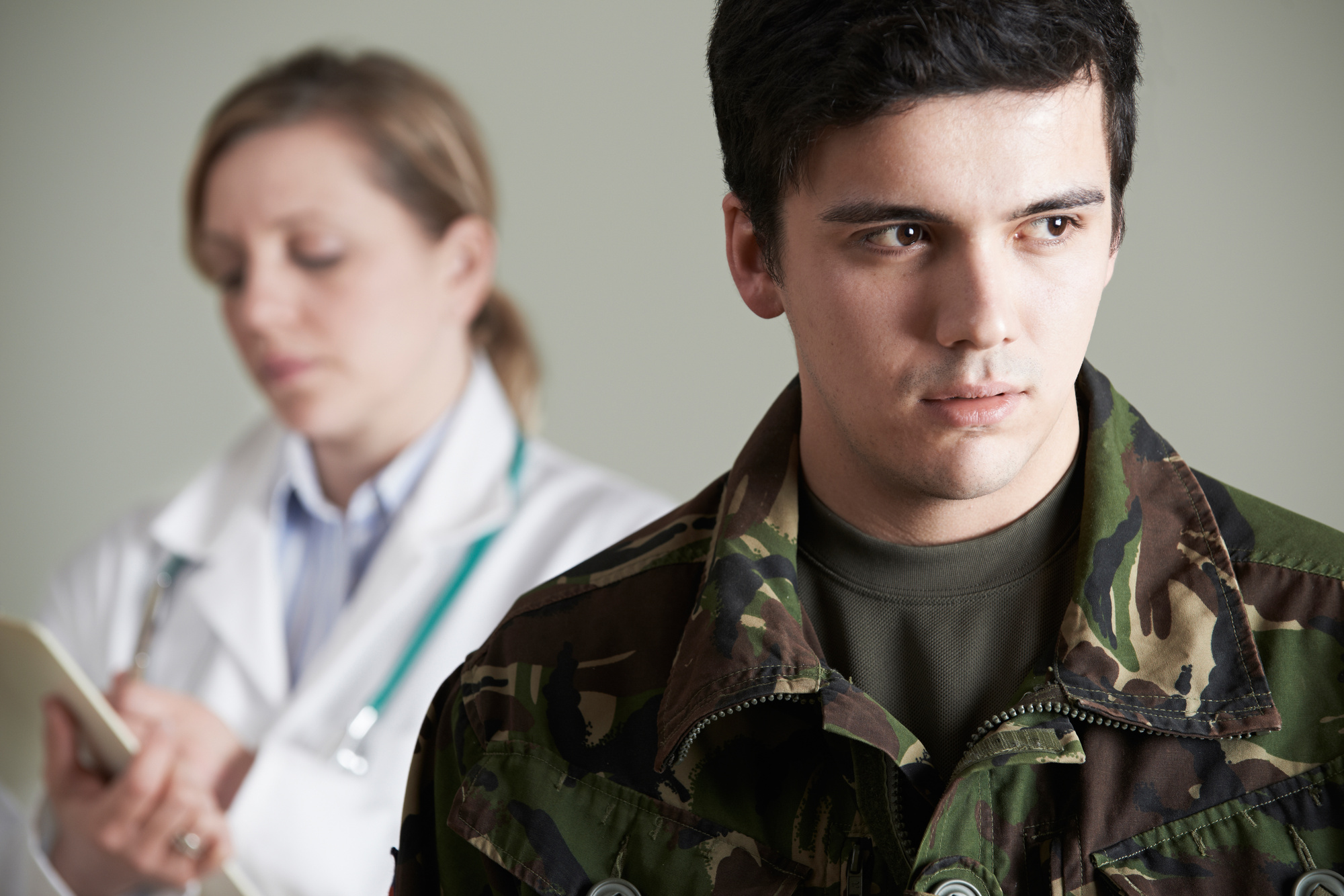An addict has about a 40 to 60 percent chance of relapsing after giving up their drug of choice. There is no doubt that fighting addiction is one of the hardest things your teenager will ever do. The right evidence based therapy will be their greatest tool in this struggle.
The tender and volatile teenage years can be a minefield for parents. It is the time when mental health and substance abuse issues first rear their ugly heads. If you do not catch and treat addiction early on, it often gets worse and more complex to tackle.
Have you discovered your teen has become addicted to drugs, pills, or alcohol? You are likely juggling shock and fear of the future, and the thought of what to do next overwhelms you.
The right therapy tools will help your teenager work through their addiction and escape from its clutches.
Evidence-Based Therapy (EBT) is the new buzzword for treating addiction and other mental health disorders. Addiction often goes hand-in-hand with different conditions and anti-social behaviors.
Read on for some treatment options for your teenager.
What Is Evidence-Based Therapy
The forested beauty of Atlanta is hiding a growing drug problem.
Cocaine, heroin, prescription drugs, and methamphetamines are an increasing danger to Atlanta’s teenagers. The risk of drug problems is high in a city that is one of the United State’s top tourist destinations and a center for universities and colleges.
In 2021, 27 percent of American children in school grades 8, 10, and 12 said they had used illicit drugs at some point in their lives.
Addiction and mental health problems present complex challenges when it comes to treatment.
Each addict has their own specific set of problems and different backgrounds. The causes of addiction vary more than the causes of most classic diseases. Doctors, psychologists, and drug treatment centers have long struggled to come up with the most effective help for addicts.
Over time this has resulted in various ideas on how to treat these afflictions. Doctors would try out approaches that had not been scientifically tested.
In many cases, a specific treatment would become standard practice without rigorous scientific testing. This has happened with medication, psychological therapy, or even steps we take at home to treat a minor cold or rash.
Just because something has been around forever, or is widely established as the best treatment for a problem, does not make it so.
In recent decades the approach to treatment options has changed. It is no longer based on guesswork. Doctors and researchers have realized that science-based therapy works best for their patients.
This means that when you hear about EBT techniques, the chosen therapy has been proven effective in scientific experiments. Your teen’s Atlanta therapist will use methods supported by actual evidence.
The technique tackles a problem from several angles.
On the one hand, you have the chosen therapy, backed by science, and, on the other, the needs and characteristics of the specific patient. The mental health professional will play a key role during this therapy. It is their job to keep track of ongoing research and be on top of the latest developments in their field.
Evidence-based therapy used in Atlanta has received support from the American Psychological Association.
So what does this mean for your teen? Here are some examples of the different EBT techniques that a recovery center may use to treat your child.
Cognitive Behavioral Therapy (CBT)
Cognitive Behavioral Therapy is one of the best-known approaches to mental health treatment that has been backed by science. It is a form of talk therapy that has proven successful in treating drug abuse issues and depression and anxiety.
The core of this therapy focuses on combating negative or faulty thinking patterns. It also teaches patients better ways of coping with difficult situations or their unhelpful behavior. CBT will teach your teen how to tackle stressful situations in life.
Human cognition is all about the way our mind processes our experiences. What we think, feel, and perceive them to be. This influences our behavior.
A therapist would apply this technique by examining how their patient’s thoughts and beliefs fuel their addictive behavior.
Your teen probably knows it is safer to avoid taking drugs or abusing alcohol but chooses to do it anyway. Even if they later regret it and genuinely want to stop their behavior, it can be hard to change.
With Cognitive Behavioral Therapy, your teen will examine the thinking patterns and the negative feelings they provoke. They can then analyze how this may be causing their problems. Therapy tools will give them insight into their behavior and that of others and new ways to deal with challenging situations.
Here are some examples of techniques that a therapist can use with CBT.
- Using exposure therapy to face your fears and phobias
- Journaling to keep track of thoughts and behaviors
- Meditation, deep breathing, and other relaxation skills
- Role-playing to test out potentially stressful moments
- Homework exercises to promote coping skills
Dialectical Behavioral Therapy
Dialectical Behavioral Therapy is an offshoot of Cognitive Behavioral Therapy. However, it targets patients who have very intense emotions.
People who benefit from this therapy may be tough to treat with other methods. Patients may engage in dangerous behavior such as self-harm, suicide attempts, risky sex, or drug use.
DBT will help your teen accept who they are.
In the 1970s, therapists found it challenging to treat patients who were chronically suicidal or suffering from borderline personality disorder. Classic CBT therapy was not working on those with an impaired ability to regulate their emotions and a low distress tolerance.
People with borderline personality disorder are at high risk for impulsive behavior. This includes substance abuse and mood instability.
There are several stages to DBT:
- Stabilizing the patient and reducing the most destructive behavior
- Starting to improve the ability to regulate emotions and deal with distress
- Learning to live a functional life
- Finding deeper meaning.
Dialectical Behavioral Therapy uses various methods to help your teen tackle life’s problems. This can teach them to better deal with their emotions and navigate conflict.
Mindfulness is one of the most valuable aspects of this therapy. It teaches patients to be more present and observe the present moment without trying to judge or interpret the situation.
Meditation is also a popular part of this practice. Mindfulness can teach your teen to control their thoughts and impulsive behaviors.
Therapy for the Whole Family
When a teenager has turned to drugs, there might be various problems in their environment that have contributed to their addiction. They may have a broken home, be battling poverty, and struggling with their education.
Multisystemic Therapy (MST) takes a full overview of your teenager’s life, and all the factors contributing to their negative behavior.
This treatment focuses on adolescents and children with serious problems. This ranges from alcohol and drug abuse to skipping school and being involved in crime.
This intensive therapy involves a team of therapists. They will focus on the family and the community. The therapists will give parents skills to deal with their teenager’s addiction. At the same time, therapists will look for friends, neighbors, or even church members who can provide support in recovery.
Treatment sessions may take place alone or with family in a clinic, at home, or at another location in the community.
This form of therapy targets children aged 12 to 17. More than 100 peer-reviewed outcome and implementation journal articles evaluate its effectiveness.
A variety of principles are involved in Multisystemic Therapy. The therapist will try and understand the links between your teenager’s problems and their environment. They will also focus on age-appropriate interventions.
Multisystemic Therapy is one of several family-based therapy treatments that have proved effective.
Brief Strategic Family Therapy (BSFT) targets specific family interactions that may contribute to drug abuse and other behavior problems.
The Matrix Model
Not all addicts are alike, and sometimes you need a different approach.
Traditionally, substance abuse treatment has leaned toward alcohol or heroin addicts. These addicts need a period staying in a treatment center. There was no targeted approach for people addicted to cocaine or methamphetamines.
The Matrix Model was designed in the 1980s for people addicted to stimulants. Stimulants provide a euphoric short-term rush, providing energy, alertness, and confidence.
Some signs of stimulant abuse are
- Dilated pupils
- Restlessness
- Loss of appetite
- Skin problems
- Weight loss
- Sweating
- Lying
Unlike other addicts, stimulant addicts are often new to drug abuse, can go for periods without their drug of choice, and accept their addiction.
The Matrix Model is an intensive 16-week program. The patient may come to the center once a day for their sessions. Treatment revolves around groups focused on recovery, family education, and social support. Treatment involves other evidence-based approaches such as Cognitive Behavioral Therapy and psychosocial education.
The therapist is both a teacher and a coach, using non-confrontational methods and being supportive in the case of a relapse. The relationship is meant to be positive and nurturing, boosting the patient’s self-esteem.
Acceptance and Commitment Therapy
We often learn from a young age that some emotions and experiences are wrong and need to be fixed. This can lead to a lifelong struggle to push them down, deny them or see them as negative.
Acceptance and Commitment Therapy (ACT) teaches patients to stop fighting their emotions. A psychologist developed it in the 1980s after his own struggles with panic attacks. He wanted to find a way to stop running from his fears and accept himself.
ACT can teach your teen that some of their responses are appropriate. Once they accept the difficulties in their lives, they can start finding a way to deal with their problems outside of addiction.
Nature, Music, and Art
Talk therapy is not the only mental health treatment that has been backed by science.
Teenagers can get in touch with nature or use art and music therapy to work through their trauma. These methods can improve any mental health struggles that may be contributing to their addiction.
Art and music therapy can build self-esteem and give teenagers different ways to express their emotions. Using art in this way engages the mind, body, and spirit.
Another popular evidence-based therapy involves taking teenagers out into nature for wilderness training. A change of environment can give them a different outlook. They also work in groups, facilitating their social skills and learning healthy coping strategies.
It can be a welcome relief to get out of the usual talk-therapy based environment and learn fun new skills such as how to build a fire. Teens can also learn gardening with horticultural therapy, which has also been proven to be excellent for socialization, communication, and thinking.
The ancient knowledge that horseback riding is good for the soul can also come in handy.
Equine-assisted psychotherapy brings young addicts into contact with horses, who are known to be very sensitive to human feelings. This teaches them responsibility and uses a unique approach to discuss issues such as anxiety.
Finding Evidence-Based Therapy in Atlanta
Teenage addiction is scary, and you hope it will never happen to your family. Still, if it does, the proper treatment and Evidence-Based Therapy exist here in Atlanta to help and support your teen back onto the right path.
At Eagle Overlook Recovery for Adolescents, we provide top-notch care to teenagers in a quiet, secluded environment. If you are interested in knowing more about our program or how you can help your teenager, contact us today.

